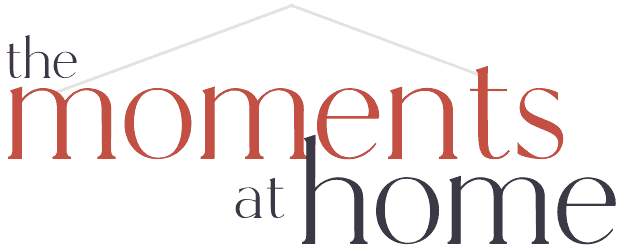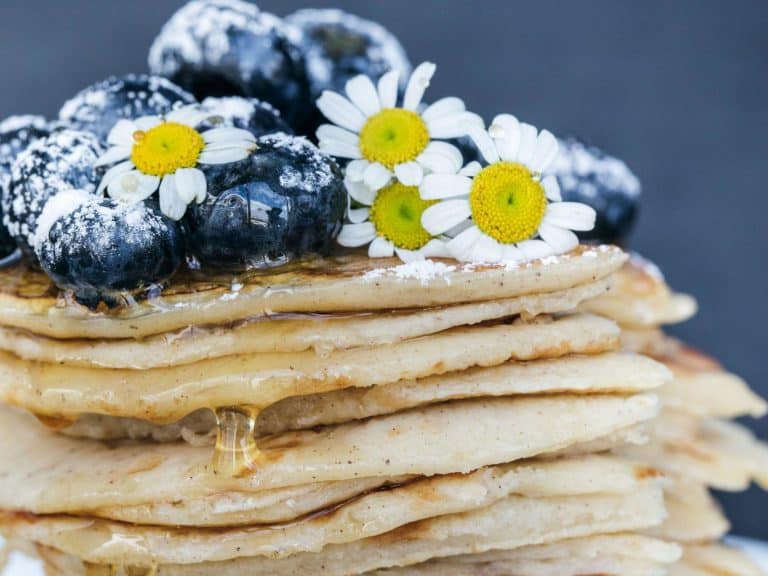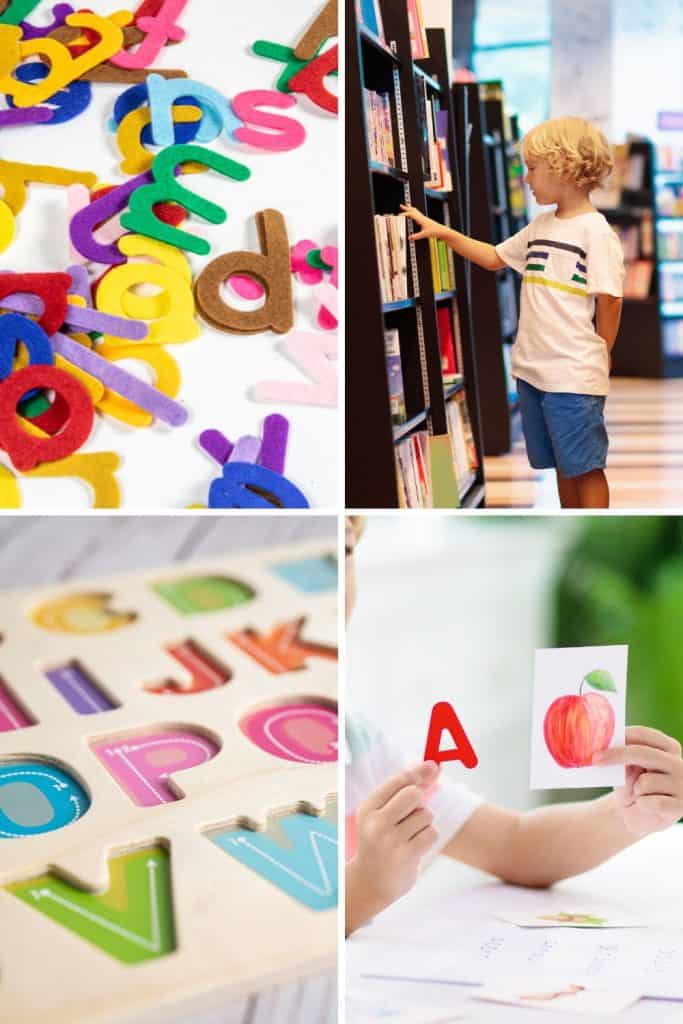🔍📖 Flashcards – The Super Secret Weapon To Help Kids Learn To Read 📚👓
We may earn money from the products/companies mentioned in this post. As an Amazon Associate I earn from qualifying purchases. For more information, read our Terms & Disclosures.
Looking for tips to help your child fall in love with reading – using flashcards?
You’re in luck! Uncover how flashcards can be your stealthy ally in guiding kids through their reading journey with fun and effectiveness.
As parents, we’ve all been there: staring into the hopeful eyes of our tiny tots as they grapple with the mystical realm of the alphabet.
It’s a world where ‘C’ can sound like an ‘S’, and ‘G’ often enjoys playing the ‘J’ tune.
In the quest to turn these cryptic symbols into meaningful words, many of us have turned to a tried and tested ally – flashcards.

How Flashcards Help With Reading
The journey into literacy tools is often paved with sight words – those tricky words that just don’t play fair with phonics rules. Enter the valiant flashcard, swooping in to save the day.
With sight words practice through flashcards, your child can leap from stuttering over ‘the’ to reading it with the panache of a seasoned actor.
Flashcards are powerful aids in reading development, facilitating a multi-sensory learning experience.
By displaying words, letters, or images, they reinforce visual recognition, enhancing a child’s ability to associate symbols with sounds and meanings.
Through repetition, flashcards strengthen memory retention, enabling kids to grasp new concepts effectively. Moreover, the interactive nature of flashcards sparks engagement and enthusiasm, making the learning process enjoyable.
Whether used to learn phonics, sight words, or vocabulary, these versatile tools foster early literacy skills and empower young readers.
Embracing the magic of flashcards, children embark on an exciting journey towards a world filled with knowledge and imagination.
Benefits of flashcards for kids
Flashcards offer a multitude of benefits for kids’ learning and development. Firstly, they enhance memory and retention by presenting information in bite-sized, easily digestible pieces.
Secondly, the visual nature of flashcards aids in associating images with words, fostering language skills and vocabulary expansion.
Additionally, these interactive cards make learning engaging and fun, instilling a love for exploring new concepts.
They also promote independent learning and boost confidence as children can use flashcards on their own.
Whether used for language, math, or general knowledge, flashcards are a versatile tool that stimulates cognitive abilities, accelerates learning, and lays a strong foundation for academic success.
Phonics is the backbone of learning to read, and flashcards can be the maestro conducting a symphony of sounds. “What does ‘ph’ say?” you ask, holding up a card.
Your little one ponders, then triumphantly exclaims, “F!” as if they’ve cracked the Da Vinci code. Phonics activities with flashcards can turn every new letter combination into a victorious discovery.

disadvantages of using flashcards
While flashcards can be beneficial, they also come with potential drawbacks. One disadvantage is the risk of rote learning, where kids memorize information without grasping its deeper meaning.
This method may hinder critical thinking and creativity. Moreover, excessive reliance on flashcards might lead to a lack of context, making it challenging for children to apply their knowledge in real-world scenarios.
Additionally, some kids may find flashcards monotonous, leading to disinterest and reduced engagement.
If not used properly, flashcards may oversimplify complex concepts, failing to encourage holistic understanding.
To maximize their effectiveness, it’s essential to supplement flashcards with varied and interactive learning experiences.
How To Start Using Flashcards To Help Kids Read
To start using flashcards to help kids read, follow these simple steps for an effective and enjoyable learning experience:
- Select flashcards that match your child’s age and reading level. Opt for colorful images and clear fonts to keep them engaged.
- Begin with simple flashcards displaying single letters, phonics, or familiar words. Gradually progress to more complex cards as your child gains confidence.
- Turn learning into a game by encouraging your child to name letters or words on the flashcards. Incorporate storytelling and fun activities to enhance engagement.
- Set aside short, consistent sessions for flashcard practice to reinforce learning and memory retention.
What age should you use flashcards?
The ideal age to introduce flashcards varies based on a child’s individual development, but generally, they are most effective for kids between 18 months to 5 years old.
At around 18 months, toddlers begin recognizing images and simple words, making flashcards engaging tools for early language and vocabulary development.
As children progress into preschool and kindergarten, flashcards can reinforce phonics, sight words, and basic math concepts.
However, it’s crucial to use flashcards in a playful and interactive manner, tailoring activities to a child’s interests and abilities.
Always prioritize a child’s readiness and enjoyment when incorporating flashcards into their learning journey.
difference between phonics and flashcards
Phonics and flashcards are distinct yet complementary tools for early literacy development.
Phonics focuses on teaching the relationship between letters and their corresponding sounds, enabling kids to decode and read words.
It involves systematic instruction of letter-sound associations and blends, fostering strong reading skills.
On the other hand, flashcards are versatile learning aids that can be used for various subjects, including language, math, and general knowledge.
They typically display visual cues like images or words, promoting memorization and recognition.
While phonics hones in on decoding skills, flashcards encompass a broader range of educational content, enhancing memory, association, and overall cognitive abilities.
How to Use Flashcards In Different Ways
Flashcards are not just for drilling educational material into young minds—they are the Swiss Army knife of learning tools, with a myriad of creative uses that can adapt to any child’s learning style and preference. Let’s dive into the world of flashcards, where the potential for fun and learning is as endless as a child’s imagination.
Interactive Games: The Flashcard Olympics
Who knew that a little cardboard could turn your living room into an Olympic stadium?
With “Memory Match,” your coffee table becomes the competitive field where only the sharpest minds with the best memory for sight words practice will triumph.
Then there’s “Flashcard Races,” where speed is the name of the game. Each correct word is a sprint toward the finish line, and phonics activities become a hurdle race.
This is vocabulary building on adrenaline!

Storytelling Prompts: The Narrative Quest
Imagine each flashcard as a mystical door to a new realm, with your child as the intrepid explorer, uncovering tales of wonder.
As storytelling prompts, flashcards become the springboard into a pool of creativity. What epic story will unfold from the word ‘castle’ or ‘dragon’?
It’s not just about reading skills enhancement; it’s about embarking on a narrative quest that would make even the most heroic knights jealous.
Multisensory Experience: The Sensory Symphony
Learning can be a concerto, and each flashcard a note in a multisensory symphony.
When children trace letters, they’re not just using their sense of touch; they’re sculptors, shaping their understanding of the alphabet.
Saying the words aloud isn’t just practice; it’s their voice joining the grand choir of language development. The multisensory experience cements knowledge in a way that’s as profound as it is delightful.
Sorting and Categorizing: The Cognitive Kitchen
Sorting and categorizing flashcards is akin to organizing ingredients for a gourmet meal.
By grouping words by phonetic sounds or themes, children learn to recognize patterns as naturally as a chef knows their spices.
This method of preschool reading materials doesn’t just teach reading—it teaches critical thinking, the kind that sorts the blueberries from the beans.

Role Play: The Flashcard Theater
The art of role play with flashcards is like running a theater troupe where imagination takes center stage.
Acting out scenes or characters from the flashcards isn’t just educational; it’s a Broadway show in your playroom.
This isn’t mere child literacy development; it’s the birth of stars, where language and social skills are the tickets to the show.
DIY Flashcards: The Crafty Corner
When kids craft their own flashcards, the kitchen table becomes a workshop of wonder.
This DIY project is more than just a fun pastime; it’s a cornerstone of early childhood education.
As they draw, color, and write, they’re not just making cards; they’re tailoring their learning experience to fit their unique style, turning study cards for kids into masterpieces of knowledge.
Time and Review
Regular flashcard sessions are the piñatas at the learning fiesta, where every review is a chance for children to take another swing at knowledge.
Time and review aren’t just about repetition; they’re about celebration. It’s a party where every recalled word is a burst of confetti, every mastered card a dance step learned, making educational resources for reading as festive as a birthday bash.

Through these diverse methods, flashcards transform from simple educational tools into gateways of exploration, creativity, and growth. They are not just a means to an end but a journey in themselves, paving a colorful, rich, and joyous path towards literacy and learning.




